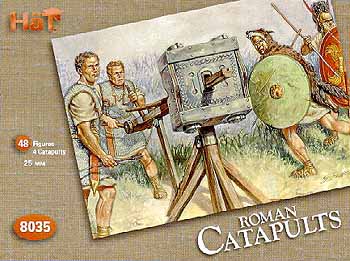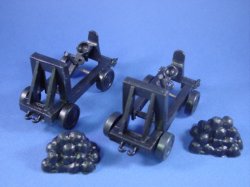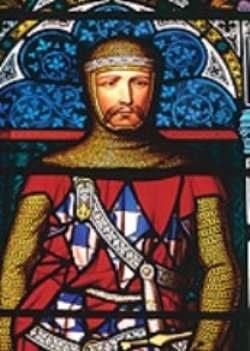 You can see by the design that it is a natural extension of the crossbow. It is pretty much a very big crossbow! But the unique development that turns it into what we consider to be a catapult is the swinging arm.
You can see by the design that it is a natural extension of the crossbow. It is pretty much a very big crossbow! But the unique development that turns it into what we consider to be a catapult is the swinging arm. . The siege weapons used during the Middle Ages included different types of Catapults. These massive Catapults were an invaluable Medieval siege attack weapons. Any machine that hurls an object can be considered a catapult, but the term is generally understood to mean the medieval weapon.
. The siege weapons used during the Middle Ages included different types of Catapults. These massive Catapults were an invaluable Medieval siege attack weapons. Any machine that hurls an object can be considered a catapult, but the term is generally understood to mean the medieval weapon. The designs of many Catapults worked by a central lever mounted in counterpoise, similar to a see-saw movement. The Catapults history dates back to antiquity. Various types of catapults were used by the Chinese, Greeks and Romans. The Catapults reached Europe during the Medieval era and were used extensivel
The designs of many Catapults worked by a central lever mounted in counterpoise, similar to a see-saw movement. The Catapults history dates back to antiquity. Various types of catapults were used by the Chinese, Greeks and Romans. The Catapults reached Europe during the Medieval era and were used extensivel
y by the French. Catapults history notes that the weapons were introduced to England in 1216 during the Siege of Dover - as were many other types of siege weapons. Louis the Dauphin of France crossed the Channel with a large force and laid siege to Dover Castle making a violent and incessant attack on the castle walls. He used the Catapults against the walls and men of Dover Castle. The constable of Dover castle was Hugh de Burgh -
 he refused to surrender.
he refused to surrender.  The Medieval Catapults used during the Middle Ages were the Mangonel, the ballista and the mighty trebuchet.
The Medieval Catapults used during the Middle Ages were the Mangonel, the ballista and the mighty trebuchet.  The Mangonel complimented the other available siege weapons. The Mangonel was not as accurate as the Ballista but it was able to throw missiles further than a Trebuchet. Missiles were thrown in an overhead arc as opposed to the straight trajectory of the dart throwing Ballista.
The Mangonel complimented the other available siege weapons. The Mangonel was not as accurate as the Ballista but it was able to throw missiles further than a Trebuchet. Missiles were thrown in an overhead arc as opposed to the straight trajectory of the dart throwing Ballista. 
No comments:
Post a Comment